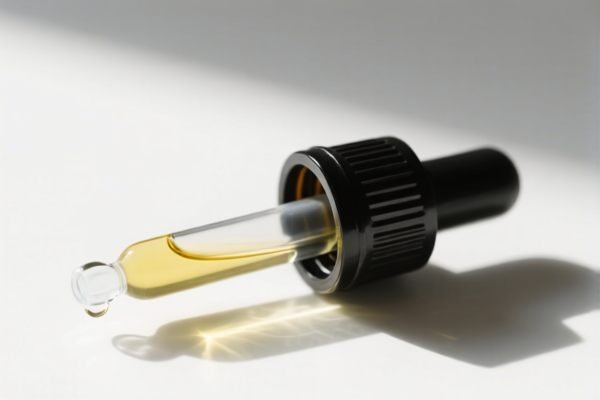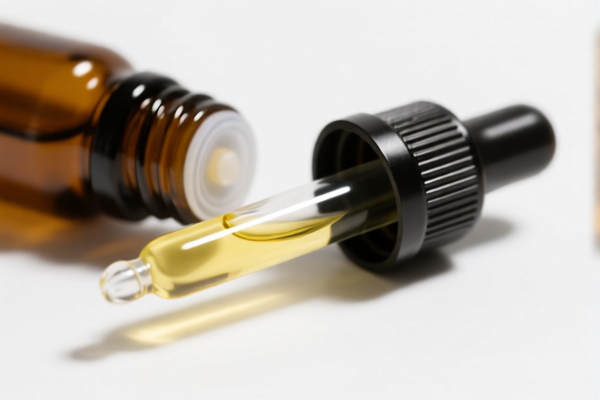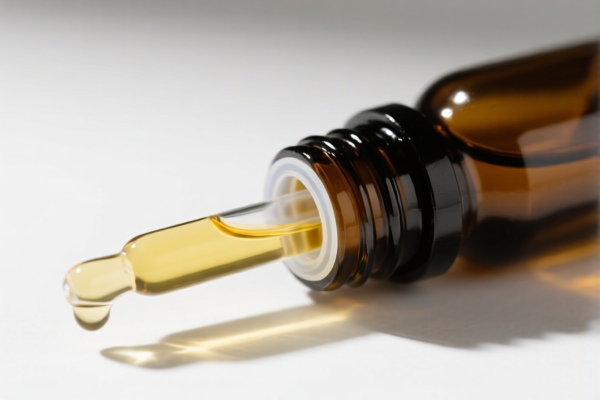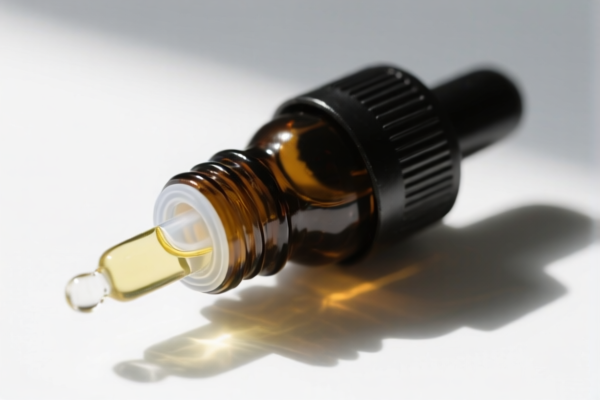| HS Code | Official Doc | Tariff Rate | Origin | Destination | Effective Date |
|---|---|---|---|---|---|
| 3301295150 | Doc | 37.5% | CN | US | 2025-05-12 |
| 1515902100 | Doc | 37.5% | CN | US | 2025-05-12 |
| 3805905000 | Doc | 58.7% | CN | US | 2025-05-12 |




Okay, let's break down the HS codes and tax implications for your "ESSENTIAL OIL SET" declaration. Here's a detailed analysis, designed to be clear and helpful:
Understanding HS Codes – A Quick Primer
HS codes (Harmonized System codes) are internationally standardized codes used to classify traded products. They determine the tariff (tax) rates and regulatory requirements for import/export. The first 6 digits are generally consistent worldwide, while the last digits can vary by country.
1. HS Code: 3301.29.51.50 – Essential Oils (Other than Citrus)
- 33: Essential oils and resinoids; perfumery, cosmetic or toilet preparations. This chapter broadly covers fragrant substances.
- 3301: Essential oils (terpeneless or not), including concretes and absolutes; resinoids; extracted oleoresins; concentrates of essential oils in fats, in fixed oils, in waxes or the like, obtained by enfleurage or maceration; terpenic by products of the deterpenation of essential oils; aqueous distillates and aqueous solutions of essential oils.
- 3301.29: Essential oils other than those of citrus fruit. This specifies you're dealing with non-citrus essential oils (like lavender, peppermint, etc.).
- 3301.29.51: Other. This is a more specific subcategory within the "other" group.
- 3301.29.51.50: Other. This is a very granular classification, often used for essential oils not fitting into more defined subcategories.
Tax Implications:
- Basic Duty: 0.0%
- Additional Tariff: 7.5%
- Post April 2, 2025: Additional Tariff increases to 30%
- Total Tax: Currently 37.5% (will increase to 67.5% after April 2, 2025)
2. HS Code: 1515.90.21.00 – Nut Oils
- 15: Vegetable fats and oils and their fractions; seed, fruit and kernel oils. This chapter covers fats and oils derived from plants.
- 1515: Other fixed vegetable or microbial fats and oils (including jojoba oil) and their fractions, whether or not refined, but not chemically modified.
- 1515.90: Other. This is a catch-all for vegetable oils not specifically listed.
- 1515.90.21: Nut oils. This specifically identifies oils extracted from nuts (e.g., almond oil, walnut oil).
- 1515.90.21.00: Other. This is a granular classification for nut oils.
Tax Implications:
- Basic Duty: 0.0%
- Additional Tariff: 7.5%
- Post April 2, 2025: Additional Tariff increases to 30%
- Total Tax: Currently 37.5% (will increase to 67.5% after April 2, 2025)
3. HS Code: 3805.90.50.00 – Turpentine Oils
- 38: Miscellaneous chemical products. This chapter covers a wide range of chemical products.
- 3805: Gum, wood or sulfate turpentine and other terpenic oils produced by the distillation or other treatment of coniferous woods; crude dipentene; sulfite turpentine and other crude para-cymene; pine oil containing alpha-terpineol as the main constituent.
- 3805.90: Other. This is a catch-all for turpentine oils not specifically listed.
- 3805.90.50: Other. This is a granular classification for other turpentine oils.
- 3805.90.50.00: Other. This is a granular classification for other turpentine oils.
Tax Implications:
- Basic Duty: 3.7%
- Additional Tariff: 25.0%
- Post April 2, 2025: Additional Tariff increases to 30%
- Total Tax: Currently 58.7% (will increase to 63.7% after April 2, 2025)
Important Considerations & Recommendations:
- Material Composition: Double-check the exact composition of each oil in your set. The HS code is highly dependent on the specific ingredients. If a blend contains components that could fall under different HS codes, you may need to declare them separately.
- Single vs. Mixed Declaration: If your "set" is packaged as a single unit, you may be able to declare it under one HS code (the predominant component). However, customs may require a breakdown of the ingredients.
- Valuation: Ensure the declared value (single price) is accurate. Customs will use this to calculate duties.
- Certifications: Depending on the intended use of the oils (e.g., cosmetic, aromatherapy), you may need to provide certifications (e.g., MSDS, COA, organic certifications).
- April 2, 2025 Tariff Changes: Be aware of the upcoming tariff increases. Plan your imports accordingly.
- Country-Specific Regulations: Import regulations can vary significantly by country. Confirm the specific requirements for your destination country.
Disclaimer: I am an AI assistant and this information is for general guidance only. It is essential to consult with a qualified customs broker or import/export specialist for accurate and up-to-date advice tailored to your specific situation.
Customer Reviews
The page was very informative, but I wish there were more examples of how to classify mixed essential oil sets. Still, it's a solid resource.
I was impressed by the explanation of HS Code 3805905000 and the 58.7% tariff rate. It made the whole process of exporting turpentine oils less confusing.
The information on the 37.5% tariff rate for HS Code 1515902100 was clear and helpful. I now know what to expect for nut oils.
The breakdown of HS Code 3301295150 was incredibly detailed. It helped me understand the tax implications for exporting essential oils to the US.